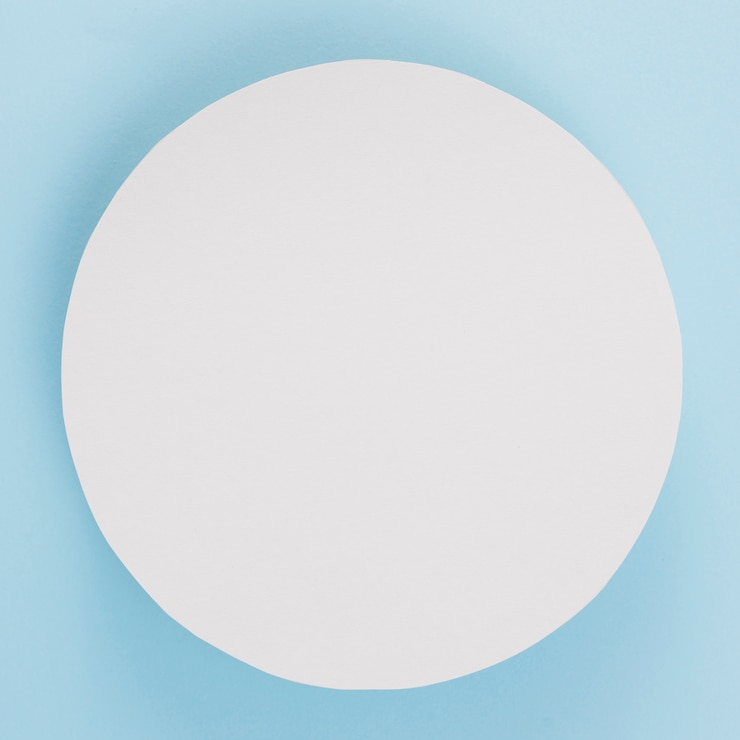Swimming Pool Size & Volume Calculator

Rectangle/Square

Circular

Ellipses

Irregular
Pool Volume & Capacity Calculation Guide
How to Measure Your Pool’s Capacity Accurately
When calculating your swimming pool’s capacity, it’s essential to measure the actual water depth rather than the total wall height. Different pool shapes may require separate calculations, which can then be added together. If you need expert advice, consider reaching out to a professional pool specialist.
Understanding Pool Volume Calculations
Calculating pool volume is necessary for determining water capacity, chemical balance, and overall pool maintenance. To determine the size of your pool, you first need to calculate its surface area in square feet. This is crucial for estimating the number of gallons of water your pool holds and its maximum occupancy.
Basic Geometric Formulas for Pool Area
These formulas help determine the surface area of different pool shapes:
- Rectangle/Square: Area (A) = Length (L) × Width (W)
- Right Triangle: A = (L × W) ÷ 2
- Circle: A = 3.14 × radius (r)²
Pool Volume Calculation
To find the total water volume, multiply the surface area by the depth. The final value is then converted into gallons using a multiplier of 7.5, since one cubic foot of water holds 7.5 gallons.
Constant Depth Pools (Rectangular or Square)
Formula:
Length × Width × Depth × 7.5 = Total Volume (gallons)
Example:
For a pool measuring 30 ft long, 15 ft wide, and 5 ft deep, the calculation would be:
30 × 15 × 5 × 7.5 = 16,875 gallons
Variable Depth Pools (Rectangular or Square)
Formula:
Length × Width × Average Depth × 7.5 = Total Volume (gallons)
To find the average depth, use:
(Shallow end depth + Deep end depth) ÷ 2
Example:
For a pool with a shallow end of 3 ft and a deep end of 9 ft:
(3 + 9) ÷ 2 = 6 ft (average depth)
If the pool is 25.75 ft long, 10 ft wide, the volume is:
25.75 × 10 × 6 × 7.5 = 11,587.5 gallons
Circular Pools
Formula:
3.14 × (Radius × Radius) × Average Depth × 7.5 = Total Volume (gallons)
Example:
For a circular pool with a diameter of 10 ft (radius = 5 ft) and a depth of 3 ft:
3.14 × 5 × 5 × 3 × 7.5 = 1,766.25 gallons
Calculating Volume for Irregular Pool Shapes
For pools with unique shapes (kidney, freeform, or L-shaped pools), the best approach is to break them into smaller, regular shapes. Calculate the volume of each section separately, then add them together.
Alternatively, for a kidney-shaped pool, use the formula:
0.45 × (A + B) × Length × Average Depth × 7.5
Example:
If A = 8 ft, B = 10 ft, Length = 25 ft, and Average Depth = 5 ft:
0.45 × (8 + 10) × 25 × 5 × 7.5 = 7,593.75 gallons
Important Notes for Accurate Pool Volume Calculation
- Always measure the actual water depth, not the container depth.
- Convert inches to feet (1 inch = 0.0833 feet) before calculations.
- If your pool has multiple depth levels, calculate each separately and sum the totals.
Understanding Parts Per Million (PPM)
Maintaining a clean and balanced pool requires monitoring parts per million (ppm) of chemicals like chlorine.
- 1 ppm = 8.3 pounds of chemical per million gallons of water
- 1 cubic foot of water = 7.48 gallons
- 1 gallon of water = 8.33 pounds
For precise chemical treatment, ensure you calculate the actual water volume, as an incorrect estimate may lead to overuse or underuse of chemicals.
By following these calculations, you can determine your pool’s water capacity and ensure proper maintenance. If in doubt, consult a pool professional for assistance.

